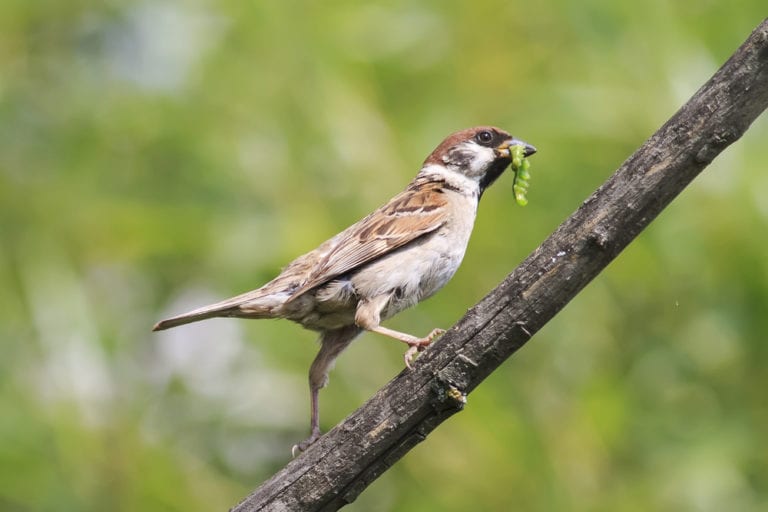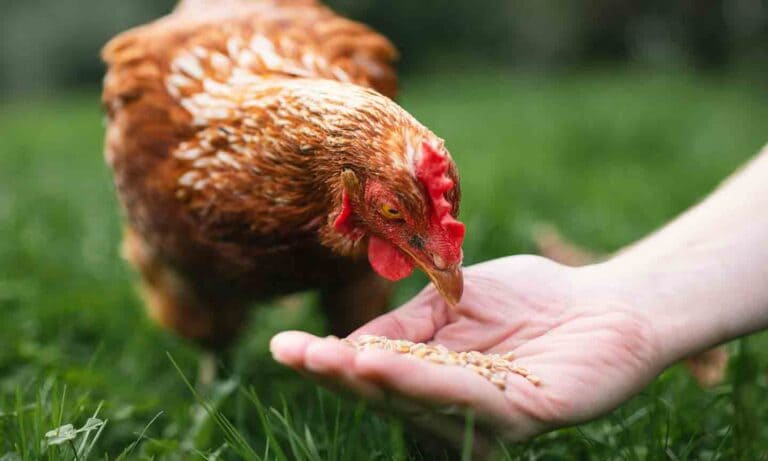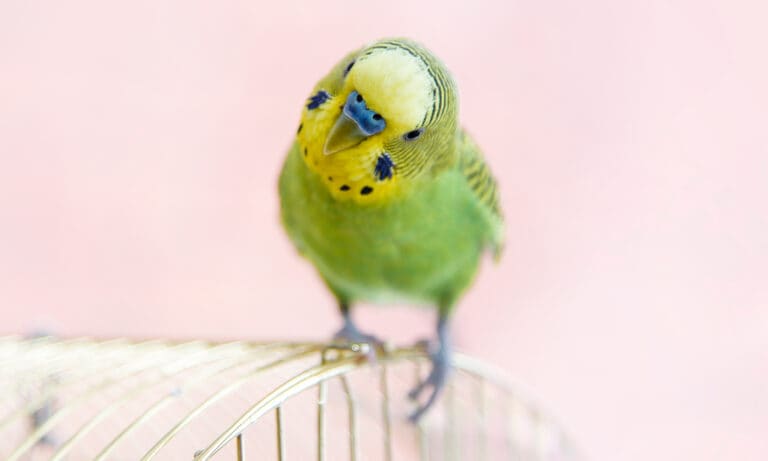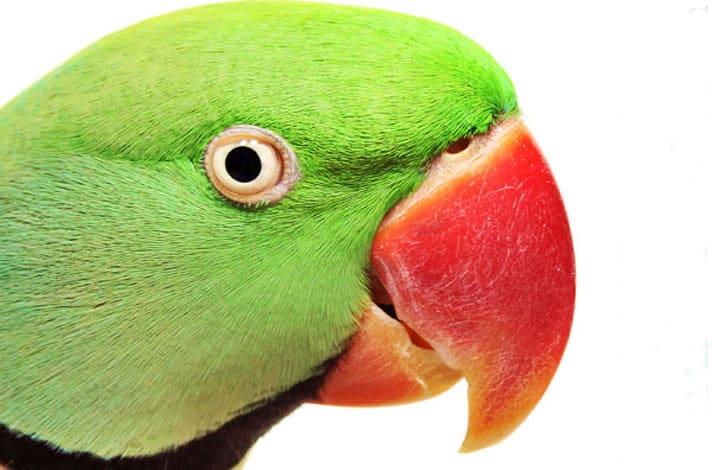A lot of people consider canaries untrainable, but that’s just not so. It’s just that it takes a slightly different approach than taming most birds. Hand-taming a canary produces a wonderful pet, especially if you can get a younger canary, preferably one recently weaned.
But if you don’t have a lot of time for building and maintaining a close relationship with your canary, train him for supervised free-flight time each day or so. It’s been my experience that many canaries thrive on such a routine, even if it’s only for a short session.
Unlike many other species of small birds, most canaries are quite easy to train for supervised free flight within the home. Canaries tend to be much more adaptable than finches, budgies or cockatiels, being less apt to fly off in a blind panic when something surprises them.
Setting Up The Canary “Air Field”
Choose an area that is easily bird-proofed, such as a small room with no furniture to hide under or get trapped behind. Washrooms are excellent for such training; make sure all plugs are in and windows are shut, and lightly mist or cover mirrors or exposed windows so the canary has a visual clue that there is something solid there that can’t be flown through.
Put the bird cage in the brightest area of the room, prop the cage door open, and place a bird perch in the middle of it. This serves as a visual cue that the canary can come out, and it also assists in finding its way back home again.
Sit down nearby (but not too close) perhaps sip a drink, what-have-you, and watch what he does, without staring too closely. Allow him to find his own way out of the cage. If he is younger or is used to flying, this won’t take long.
Once your canary has found his own way out of the cage, he will know exactly how to get home again; all he has to do is retrace his route. As long as the whole area is bright enough that he can see well, and his cage is obvious, there should be no problem.
Getting Your Canary Back In The Cage
With most canaries, even if they are not tame, it is rarely a problem to get them to go back into their cages in a reasonable time. The secret is quite simple. These are small birds with a high metabolic rate, and they tend to be quite active. This means that they require food frequently during the day.
Canaries generally fly for about a half an hour or so before needing more “fuel.” Help speed the process along when you need to by making a big production out of cleaning out the seed cup and then adding a visible treat when you want him to return to the cage. Those sharp little eyes miss very little, and seldom will they waste time before investigating. (Put the treat entirely inside the cage, don’t just peg it to the cage bars because if you do, he will be able to hang off the outside of the cage to eat. Keep food inside the cage to lure them back.)
The second and most important part of the secret to owning a well-trained, free-flying canary, is getting him to stay inside his cage while you close the cage door. This is easier than it sounds, once you know a simple trick.
Due to their fast metabolism, canaries see at a faster rate than we do. This is why small birds can be so difficult to catch. To them, you appear to be moving rather slowly, giving them plenty of time to avoid your hand. This can be frustrating, but it has a hidden bonus. If you move slowly enough, they don’t notice that you are moving at all!
The trick is simple. Once the canary is in the cage and busy eating, amble slowly over, looking elsewhere so your gaze does not provoke the bird’s attention, and slowly ease the door of the cage shut. If you move too fast, he will notice what you are doing, and you might find that he is quite capable of leaping in, grabbing a beakful of food and soaring back out again before you can get near.
What do you do if this happens? There are various solutions; some people simply make room for a flight cage, and then the question never arises. One of the funnier methods I’ve heard comes from a pet owner who has five canaries.
“I think they got tired of performing ‘The Great Canary Round-up’ every night,” she said. “Now I just go out there and wave my arms at them, and they each head straight in to their own cage and wait for me to close the doors!”
If your canary flies off when you try to get him back in his cage, close the cage door anyways, and wait until he has figured out that he’s been (horrors!) locked away from his treat. Once he has realized that he needs to get into that cage if he wants to get some of that tempting treat, (often this takes five to 10 minutes or so, maybe less), open the cage door again, wait nearby until he is in, and close it.
This tells the canary clearly that the cage door will be shut, regardless of whether he is inside or not. It never takes a canary long to figure out that if he wants more than a nibble of that treat, it has to be in the cage when the door shuts. It is seldom that I have to repeat this sequence more than once, and never have I had to repeat it more than twice. It seems that canaries can be quite clever when it comes to accessing a favored treat!
Give free-flying a try! You and your canary just might wind up having more fun than either of you ever imagined!
Posted by: Chewy Editorial
Featured Image:iStock.com/Thomas Demarczyk
Share:









